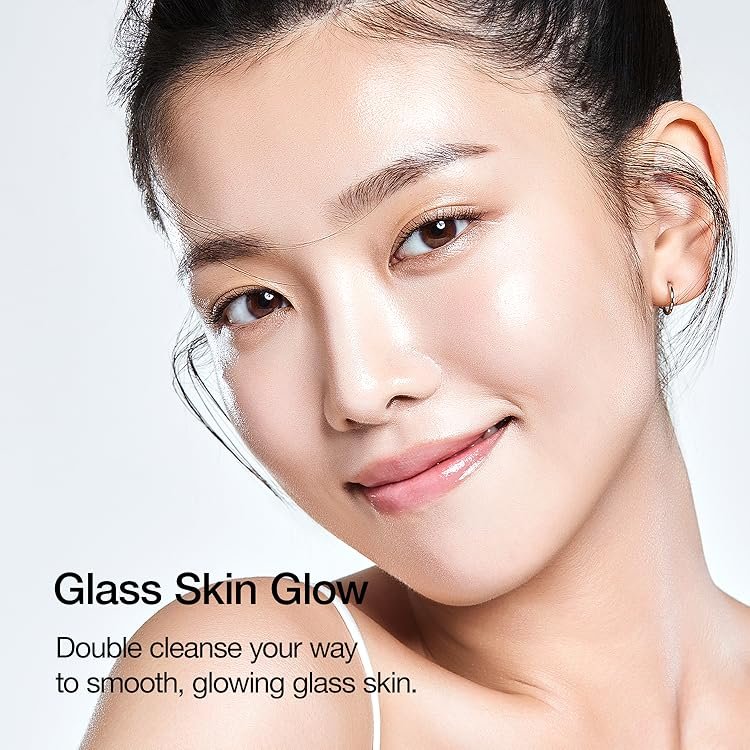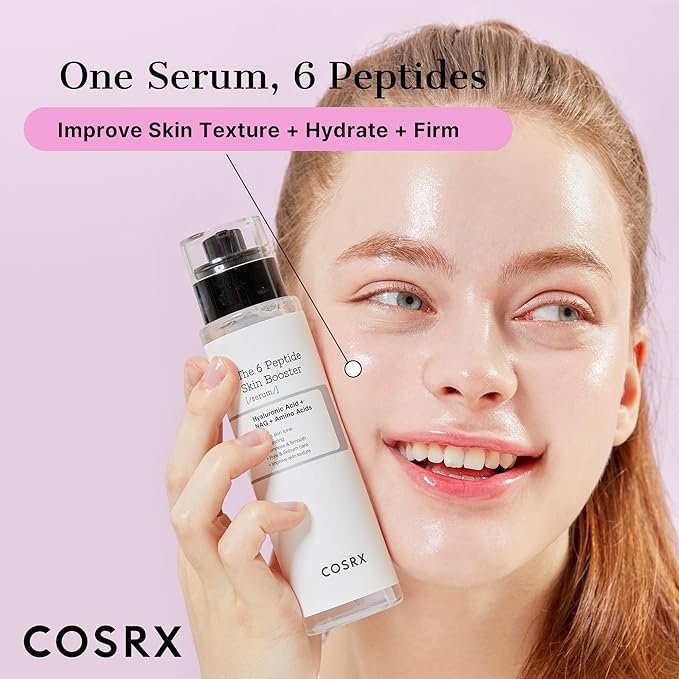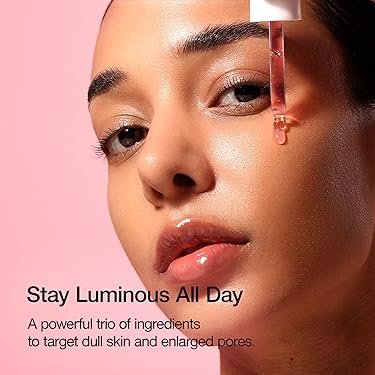
Most Asked Questions - the ordinary
Most Asked Questions :
Q: What is The Ordinary?
The Ordinary is a Canadian skincare brand under DECIEM, launched in 2016 with a mission to deliver high-quality, science-backed actives at accessible prices.
Its formulations are transparent, listing only effective ingredients without fillers or fragrances.
The brand focuses on single-ingredient serums, acids, oils, and moisturizers.
Every product targets a specific concern, allowing users to build customized routines.
Q: Who is The Ordinary’s target audience?
Primarily Gen Z and millennials seeking affordable, no-nonsense skincare solutions.
Users with specific concerns—acne, aging, dehydration, hyperpigmentation—value its focused approach.
It appeals to those comfortable combining actives and researching ingredient compatibility.
Both beginners and skincare enthusiasts can benefit by introducing one product at a time.
Q: Are The Ordinary’s products safe?
Most formulas are dermatologically tested and free of common irritants like fragrance or essential oils.
Potent actives (high-strength acids, retinoids) require cautious introduction and patch testing.
Overuse or incorrect layering can lead to irritation, redness, or sensitivity.
Always follow label directions, use sunscreen daily, and adjust frequency based on tolerance.
Product-Specific FAQs
Niacinamide 10% + Zinc 1%
Q: What does this serum do?
it reduces visible sebum activity and minimizes the appearance of enlarged pores.
Niacinamide (Vitamin B3) brightens dark spots and evens skin tone.
Zinc PCA regulates oil production and soothes minor inflammation.
Results typically appear after 4–6 weeks of twice-daily use.
Q: How should I use it?
Apply 2–3 drops to a clean, dry face morning and evening.
Follow with hydrating serums (e.g., Hyaluronic Acid) and a moisturizer.
Avoid combining with pure Vitamin C (L-ascorbic acid) to prevent reduced efficacy.
Always finish daytime routines with broad-spectrum SPF 30 or higher.
Q: What are the possible side effects?
Mild tingling or redness may occur during the first week of use.
Overapplication can lead to dryness; reduce frequency if irritation persists.
Discontinue use if you experience severe burning, itching, or swelling.
Consult a dermatologist before resuming if adverse reactions continue.
Hyaluronic Acid 2% + B5
Q: What benefits does it offer?
Hyaluronic Acid attracts and retains moisture, plumping fine lines.
Vitamin B5 (panthenol) supports skin barrier repair and soothes dryness.
The lightweight, water-based serum layers well under oils or creams.
Ideal for all skin types, especially dehydrated or sensitive complexions.
Q: How should I incorporate it?
Use on damp skin after cleansing to enhance hydration.
Apply 2–3 drops morning and night before heavier moisturizers.
Can be mixed with other serums or applied alone for a hydration boost.
No known incompatibilities; safe to combine with most actives.
Q: Are there any risks?
Generally well tolerated, with minimal risk of irritation.
Overuse may feel sticky; adjust drop count to your skin’s comfort.
Rare allergic reactions may occur—perform a patch test first.
Stop use if redness, itching, or rash develops.
Alpha Arbutin 2% + HA
Q: What is its primary function?
Alpha Arbutin inhibits melanin production to fade dark spots and hyperpigmentation.
Combined with Hyaluronic Acid for added hydration and skin-plumping.
Helps even out skin tone and reduce post-inflammatory marks.
Results often become noticeable after 4–8 weeks of consistent use.
Q: How do I use it safely?
Apply 2–3 drops to the face once or twice daily after cleansing.
Layer it under thicker serums or moisturizers; finish with SPF during the day.
Avoid concurrent use with other strong lightening agents (e.g., high-strength Vitamin C).
Introduce gradually to monitor skin response.
Q: What side effects should I watch for?
Mild irritation or redness may occur, particularly on sensitive skin.
Overuse can lead to dryness; reduce frequency if discomfort arises.
Discontinue if you experience persistent stinging or peeling.
Seek professional advice before restarting if severe reactions occur.
Caffeine Solution 5% + EGCG
Q: How does it improve the eye area?
Caffeine constricts blood vessels to reduce under-eye puffiness and dark circles.
EGCG from green tea delivers antioxidant protection and soothes inflammation.
Lightweight formula absorbs quickly without creasing or migration.
Visible results can appear within 2–4 weeks of daily use.
Q: What is the correct application method?
Apply a small amount around the orbital bone morning and evening.
Gently pat in until fully absorbed; avoid direct contact with eyes.
Follow with moisturizer and sunscreen during the day.
Can be layered under makeup without pilling.
Q: Are there any contraindications?
Not recommended for use on broken or highly sensitive skin.
Overuse may lead to dryness; use sparingly if under-eye skin is thin.
Stop use if you experience burning or excessive irritation.
Consult a dermatologist if symptoms persist.
AHA 30% + BHA 2% Peeling Solution
Q: What skin concerns does it address?
Combines glycolic, lactic, tartaric, and citric acids (AHA) with salicylic acid (BHA).
Exfoliates dead skin cells, unclogs pores, and improves texture and radiance.
Targets uneven tone, dullness, and mild acne lesions.
Use no more than twice weekly for up to 10 minutes per application.
Q: How to apply it safely?
Ensure skin is completely dry before application to prevent excessive irritation.
Use gloves or fingertips to apply a thin, even layer to the face—not near eyes.
Leave on for a maximum of 10 minutes, then rinse thoroughly with lukewarm water.
Always follow with a broad-spectrum SPF 30 or higher the next day.
Q: What are the potential risks?
High acid concentration can cause redness, stinging, or peeling.
Patch test before first use and start with a shorter exposure time.
Avoid sun exposure and use sunscreen diligently post-treatment.
Discontinue if severe burning, swelling, or blistering occurs.
Lactic Acid 5% / 10% + HA
Q: What makes it different from other AHAs?
Lactic acid offers gentler exfoliation compared to glycolic acid.
Removes dead skin cells to smooth texture and enhance radiance.
Formulated at 5% or 10% strength to suit sensitive or more tolerant skin.
Includes Hyaluronic Acid to maintain hydration during exfoliation.
Q: How should I introduce it?
Use in the evening on clean, dry skin, starting at 5% once or twice weekly.
Gradually increase frequency or strength (to 10%) as tolerance builds.
Apply a light moisturizer afterward; always use daytime SPF.
Avoid combining with other acids or retinoids on the same night.
Q: What side effects are common?
Mild tingling or redness is normal during the first few uses.
Over-exfoliation can lead to dryness, sensitivity, or flaking.
Reduce application frequency if discomfort persists.
Stop use and seek advice if you experience severe irritation.
Glycolic Acid 7% Toning Solution
Q: What skin issues does it target?
Glycolic acid at 7% gently exfoliates, brightens dull skin, and refines texture.
Includes Tasmanian pepperberry to reduce irritation and soothe redness.
Helps fade dark spots and smooth fine lines with continued use.
Suitable for normal to oily skin types.
Q: How do I use it in my routine?
Apply with a cotton pad over the face and neck after cleansing, once daily at night.
Avoid the eye contour and do not rinse off.
Follow with serums and moisturizer; always apply SPF the next morning.
Introduce gradually, monitoring for tolerance and reducing frequency if needed.
Q: What precautions should I take?
May cause mild stinging, especially on sensitive areas or open lesions.
Sun sensitivity can increase; diligent SPF use is mandatory.
Avoid layering with other exfoliants or retinoids in the same session.
Discontinue if you experience persistent burning or redness.
Natural Moisturizing Factors + HA
Q: What are Natural Moisturizing Factors (NMF)?
A blend of amino acids, fatty acids, urea, ceramides, and Hyaluronic Acid.
Mimics the skin’s own hydrating elements to reinforce the barrier.
Delivers immediate and long-lasting moisturization without heaviness.
Non-comedogenic formula suitable for daily use on all skin types.
Q: How should I apply it?
Use morning and evening on cleansed skin, after serums and before sunscreen.
Massage a pea-sized amount into face and neck until fully absorbed.
Can be layered under makeup for a smooth, hydrated base.
Reapply as needed on drier patches throughout the day.
Q: Are there any side effects?
Rarely causes irritation; formula is fragrance- and colorant-free.
Patch test if you have extremely reactive or compromised skin.
Stop use if any redness or itching occurs, though this is uncommon.
Consult a dermatologist for persistent adverse reactions.
100% Organic Cold-Pressed Rose Hip Seed Oil
Q: What skin benefits does it provide?
Rich in essential fatty acids (omega-3 and omega-6) to nourish and repair.
Promotes collagen formation and improves the appearance of scars.
Antioxidants like Vitamin A and C support barrier function and firmness.
Ideal for dry, mature, or scar-prone skin needing deep nourishment.
Q: How do I use it effectively?
Apply a few drops to the face after water-based serums and before thicker creams.
Can be used morning or night; massage gently until fully absorbed.
Combine sparingly with other oils to avoid greasiness.
Store in a cool, dark place to preserve potency.
Q: What precautions are necessary?
Pure oil may clog pores on very oily or acne-prone skin; test first.
Allergic reactions are rare but possible—perform a patch test.
Discontinue if persistent redness, itching, or breakouts occur.
Avoid contact with eyes and mucous membranes.
Granactive Retinoid 2% / 5% in Squalane
Q: How does Granactive Retinoid differ from Retinol?
A next-generation retinoid ester with high efficacy and reduced irritation.
Squalane base ensures a smooth, non-drying application.
Improves fine lines, uneven tone, and texture with continuous use.
Available in 2% and 5% strengths for beginner and advanced users.
Q: What is the correct usage protocol?
Apply a small amount to clean, dry skin in the evening only.
Start twice weekly and build up to nightly as tolerance allows.
Follow with a gentle moisturizer; avoid combining with strong acids.
Always use broad-spectrum SPF the following day.
Q: What side effects should I expect?
Mild peeling, redness, or dryness are common during the adjustment phase.
Reduce application frequency if irritation becomes excessive.
Discontinue and consult a professional if severe dermatitis occurs.
Retinoids are contraindicated during pregnancy and breastfeeding.
Retinol 0.2% / 0.5% / 1% in Squalane
Q: Why choose different retinol strengths?
Lower strengths (0.2%, 0.5%) suit beginners building tolerance.
Higher strength (1%) provides more pronounced anti-aging effects.
Squalane carrier minimizes dryness and supports barrier repair.
Progressively increasing strength helps reduce purging and irritation.
Q: How to introduce Retinol into my routine?
Apply a pea-sized amount to dry skin at night, once or twice weekly initially.
Gradually increase frequency as tolerated, max nightly for experienced users.
Pair with moisturizer; avoid using other actives (AHAs/BHAs) same night.
Sun protection is essential—retinoids increase UV sensitivity.
Q: What adverse reactions are common?
Mild flaking, redness, and dryness often occur in early weeks.
“Purging” (temporary breakouts) may appear before improvement.
Scale back usage if severe irritation develops; reintroduce slowly.
Consult a dermatologist if adverse effects persist beyond one month.





